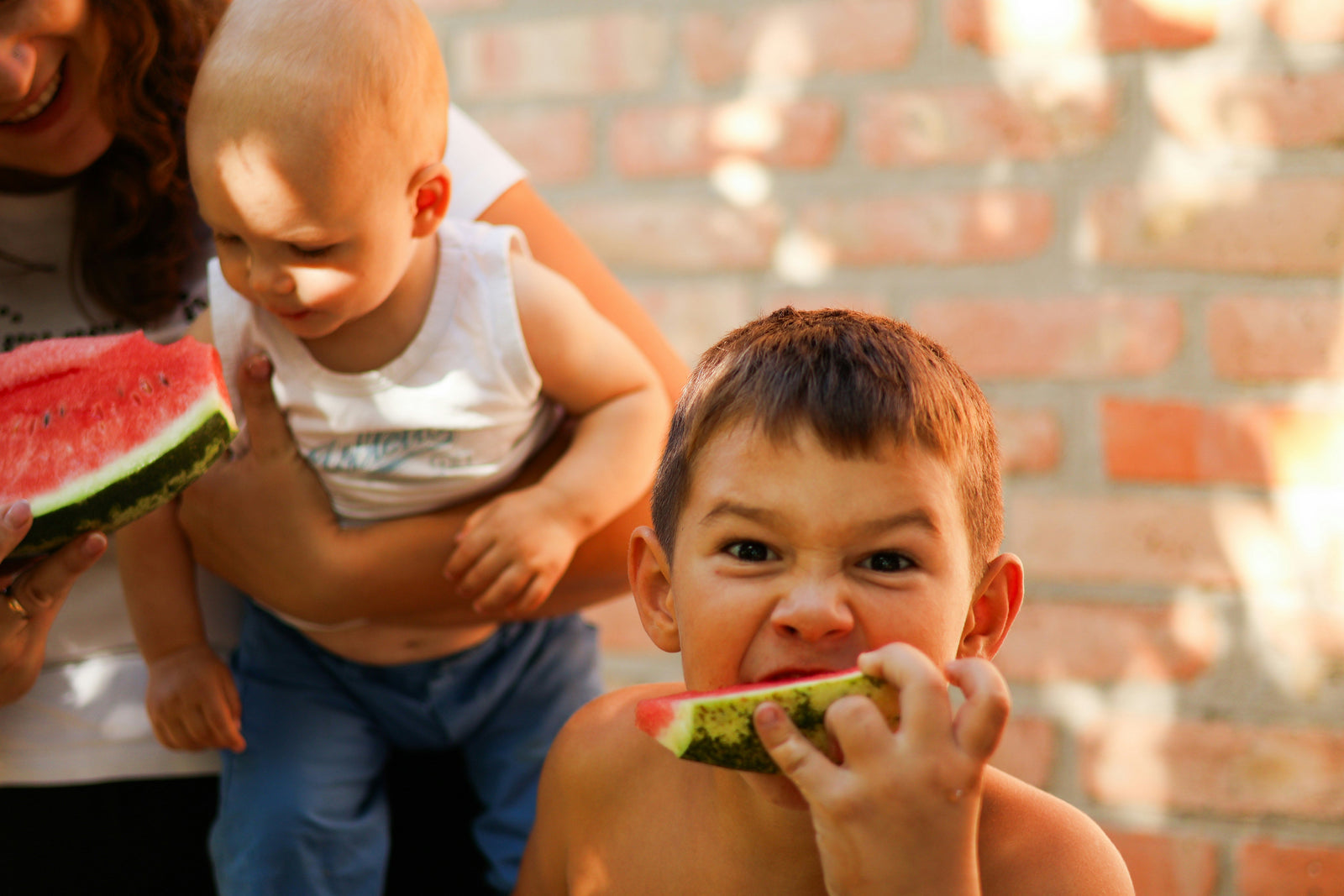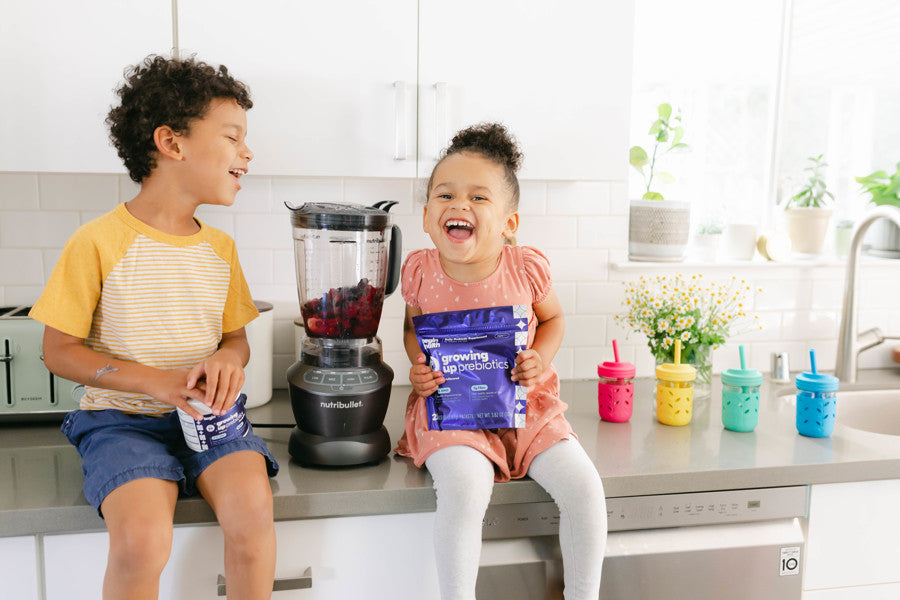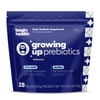Your Cart is Empty
Continue shoppingHow to Transition Kids Off Stool Softeners Safely
Medically Reviewed by May Zhu, RDN | Published April 16, 2025
share this article
 If your kid has been on a stool softener for a while, you’re probably wondering, “When can we stop?” Stool softeners like polyethylene glycol (PEG 3350) can be helpful in the short term, but most parents don’t want their kids relying on them forever. The good news? With the right support, many kids can successfully transition off stool softeners and get their digestion back on track naturally.
If your kid has been on a stool softener for a while, you’re probably wondering, “When can we stop?” Stool softeners like polyethylene glycol (PEG 3350) can be helpful in the short term, but most parents don’t want their kids relying on them forever. The good news? With the right support, many kids can successfully transition off stool softeners and get their digestion back on track naturally.
Here’s what you need to know about making the switch safely and without setbacks.
Why Stool Softeners Are Usually Temporary
Pediatricians often recommend stool softeners to break the cycle of hard, painful poops and withholding. But these products don’t fix the root cause of constipation. They’re a tool to get things moving while you work on improving hydration, diet, and gut health.
Experts agree that once a kid’s poop becomes softer and more regular for a few weeks, you can consider tapering off stool softeners instead of stopping suddenly [1].
Step-by-Step Guide to Transitioning Off Stool Softeners
1. Talk to Your Pediatrician
Before you make any changes, check in with your pediatrician. They can help you decide if your kid is ready to reduce the dose and provide guidance based on how long your kid has been constipated and what’s worked so far.
2. Start Slow
Don’t stop cold turkey. Gradually lower the dose every few days or weeks depending on your doctor’s guidance. The goal is to see how your kid's body responds as you scale back.
3. Add in Gut-Supporting Habits
This is where long-term success happens. As you reduce stool softeners, it’s essential to support the gut in other ways:
-
Add daily prebiotic fiber. Prebiotics such as Begin Health's Growing. Up Prebiotics help feed good bacteria in the gut and can improve stool consistency. Look for ingredients like inulin, chicory root, or HMOs (Human Milk Oligosaccharides) in supplements or foods [2,3].
-
Boost hydration. Water helps keep things moving. Encourage sips throughout the day and send a water bottle to school.
-
Keep them moving. Physical activity stimulates digestion. A daily walk, dance break, or playground time can go a long way [4].
-
Create a daily potty routine. Encourage sitting on the toilet after meals when the body’s natural urge to go is strongest.
4. Watch for Signs of Regression
If you see signs like withholding, skipped days, or painful poops coming back, pause and adjust. You may need to stay on a lower dose a little longer while reinforcing healthy habits.
5. Celebrate Progress
Pooping without help is a big deal for a kid. Praise their efforts and build confidence around bathroom routines. A positive mindset helps reduce anxiety, which can also play a role in constipation [5].
The Bottom Line
Stool softeners can be helpful, but they’re not forever. The key to getting off them successfully is building a healthy gut foundation. With the right support and a little patience, most kids can poop comfortably on their own again.

Author
May Zhu, RDN
Trending

How to Know If Your Kid Needs a Stool Softener (or Something Else)
read now
Why Parents Are Choosing Prebiotics Over Stool Softeners for Kids
read now
Oxalates and Kids' Digestion: How High-Oxalate Foods Contribute to Constipation and Gut Discomfort
read now






